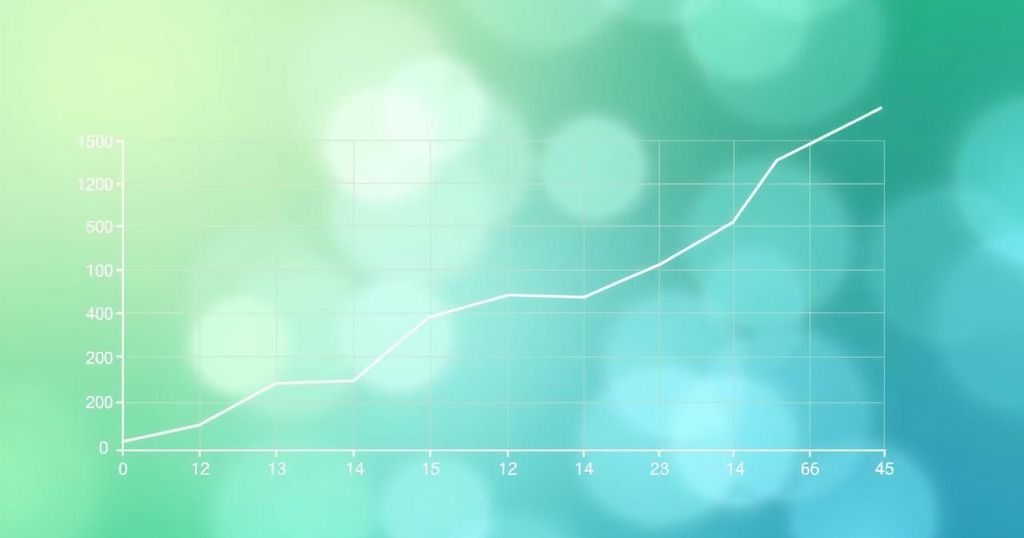Ghana’s inflation rate decreased to 23.1% in February 2025 from 23.5% in January, marking the second consecutive month of disinflation. Food inflation remained high, primarily driven by specific categories, with the disparity between local and imported goods revealing notable differences. Despite these trends, food inflation experienced a marginal decrease year-on-year for the first time in five months.
In February 2025, Ghana’s inflation rate decreased by 0.4 percentage points, reaching 23.1%, as reported by the Ghana Statistical Service (GSS). This marks a reduction from January’s inflation rate of 23.5%. The significant finding shows that both year-on-year and month-on-month inflation rates have shown a decline for the second consecutive month in 2025, although the rates remain among the highest observed in recent months.
The month-on-month inflation rate also demonstrated a downward trend, declining for the third consecutive month and reducing by half from the previous rate of 2.6% in November 2024. The GSS revealed that certain categories, including Food and Non-Alcoholic Beverages (28.1%), Alcoholic Beverages, Tobacco and Narcotics (25.6%), and Housing, Water, Electricity, Gas, and Other Fuels (24.3%), all recorded year-on-year inflation rates exceeding the overall inflation of 23.1%.
Within monthly inflation data, only Food and Non-Alcoholic Beverages registered a higher month-on-month rate of 1.8%, compared to the overall rate of 1.3%. Notably, the main contributors to annual and monthly food inflation are vegetables, tubers, and plantains, which accounted for 4.3 percentage points and 0.2 percentage points, respectively, of the overall food inflation.
The year-on-year inflation rate for food reached 45.5%, indicating it remains a significant driver of food inflation. The GSS reported a notable disparity between food inflation (28.1%) and non-food inflation (18.8%), amounting to 9.3 percentage points. Furthermore, it states that locally produced items exhibited a higher inflation rate of 25.1% compared to 18.5% for imported goods, with the difference being 6.6 percentage points.
Despite witnessing a marginal decrease in year-on-year food inflation for the first time in five months, non-food inflation has also slowed for the fifth consecutive month, although marginally.
In summary, Ghana’s inflation rate has shown a slight decline in February 2025, achieving 23.1%. This continuous disinflation reflects a positive trend in the economy despite the rates being relatively high compared to previous months. Notably, food inflation remains a significant concern, particularly with vegetables, tubers, and plantains driving the rates. Moreover, the differences in inflation between local and imported items indicate variations that warrant attention from economic strategists.
Original Source: www.ghanabusinessnews.com




